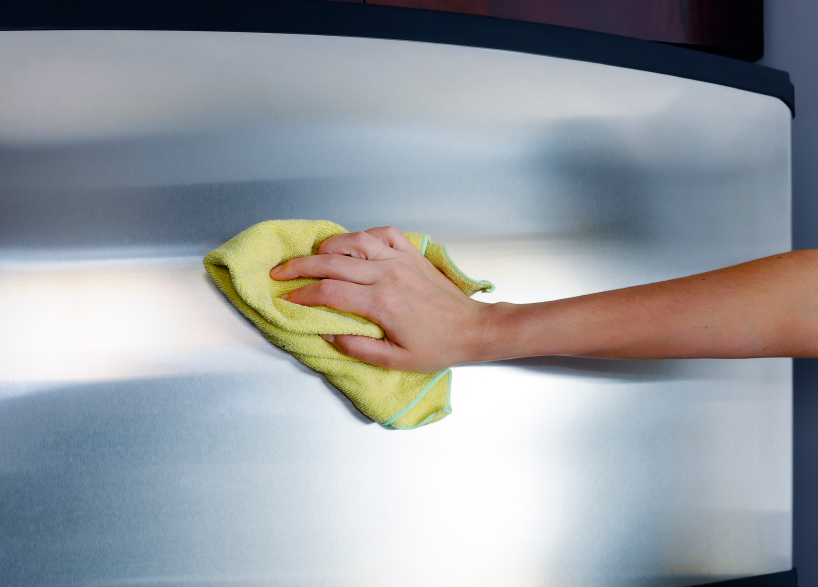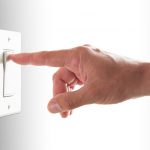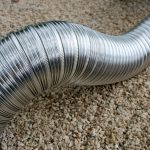Spring Cleaning: Don’t forget the Kitchen Appliances
Home kitchen appliances need spring cleaning. This time of year we air out our stuffy homes after the cold winter gives way to warm, sunny days and we begin our spring cleaning. As part of this, some simple maintenance tasks will increase the longevity of our appliances and ensure their trouble-free operation for the coming season. Our food choices and cooking patterns change in warm weather and the oven/range and refrigerator deserve a little attention.
How to Clean the Refrigerator
First, unplug the fridge or turn off the power at the source (the fuse box or the circuit breaker). Take the food out but keep items chilled in a portable cooler.
Next, remove the shelves and bins. Let them warm up to room temperature. Wash the inside of the refrigerator with a non-abrasive cleaner and scrub the shelves and the boxes. Make sure the all the removable pieces are thoroughly dry before they go back into the refrigerator.
Wash the door seals and dry them thoroughly. This is a good way to check to see if they are loose or brittle. If they are not tight they can cause cold air to leak which reduces efficiency. It is a good idea to also check them periodically between thorough cleanings of the refrigerator.
Clean the drip pan beneath the fridge. Remove any accumulated liquid and rinse the pan out with fresh water before you dry it and check for mold. Kill any mold you find with bleach and let the catch basin dry completely before replacing it under the refrigerator.
Now is also a good time to clean the condenser coil which is behind the refrigerator cabinet. Pull the fridge away from the wall and vacuum or brush off the coil. If the refrigerator’s condenser coil is beneath the cabinet, it can be cleaned with a condenser coil cleaning brush from the hardware store. The vacuum cleaner’s crevice tool can work almost as well.
How to Clean the Oven and the Range
Be sure to read the instruction manual before the oven is cleaned. If you have misplaced it, you should be able to get a new one online.
Ideally, spills should be cleaned up right after they occur. One way to prevent them is to cover the bottom of the oven with aluminum foil but be sure that the vents aren’t blocked. A continuous cleaning oven will usually take care of light spills automatically, but other models will need to be cleaned manually.
You can use the self-cleaning cycle in a self-cleaning oven as often as you need it. This feature reduces even the worst spills to ash that is easy to wipe off the interior surface.
The frame and door seal of the oven can be scrubbed with a non-abrasive cleaner to eliminate any residue from the self-cleaning cycle. The gasket shouldn’t be cleaned, but you can wipe it very gently with a wet sponge and a little soap.
The range top should also be washed after every use. If the grates are really caked with grime, you will need to clean them in a well-ventilated room or even outdoors. Place them on layers of newspapers to protect surfaces or grass, and spray them with oven cleaner. Let them stand for a few hours or even overnight. Then wash them with hot, soapy water, rinse, and dry before replacing them on the range.
Cleaning the control knobs is easy. Turn them to the off position and lift them off. Wash them but don’t soak them. Avoid abrasive cleansers because they might remove the markings. Let them dry thoroughly before you replace them by pushing them back onto the stem.
Maintaining Springtime Kitchen Appliance Operation
As you tidy up cabinets and strip the accumulated grime from floors in the spring, don’t forget to clean the refrigerator and stove/oven maintain their best performance. If you have any issues with oven thermostats, malfunctioning burners, or broken icemakers, you need to hire an accredited repair professional. A warranty from American Home Shield will assure you that you won’t have to worry about high-cost unexpected appliance repairs.




